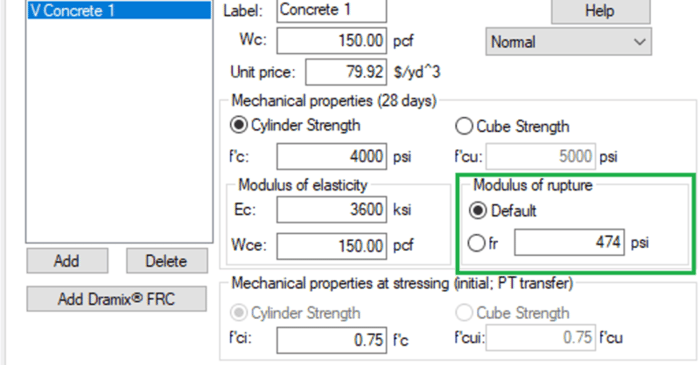
January 1, 2021
Consideration of Openings for Punching Shear of Two-Way Slabs in…
Punching shear of two-way reinforced concrete and post-tensioned slabs is a critical design consideration. The presence of openings near a support can complicate the calculation of shear capacity at the location. ADAPT-Builder v20 now includes enhancements in how openings are treated near columns...











